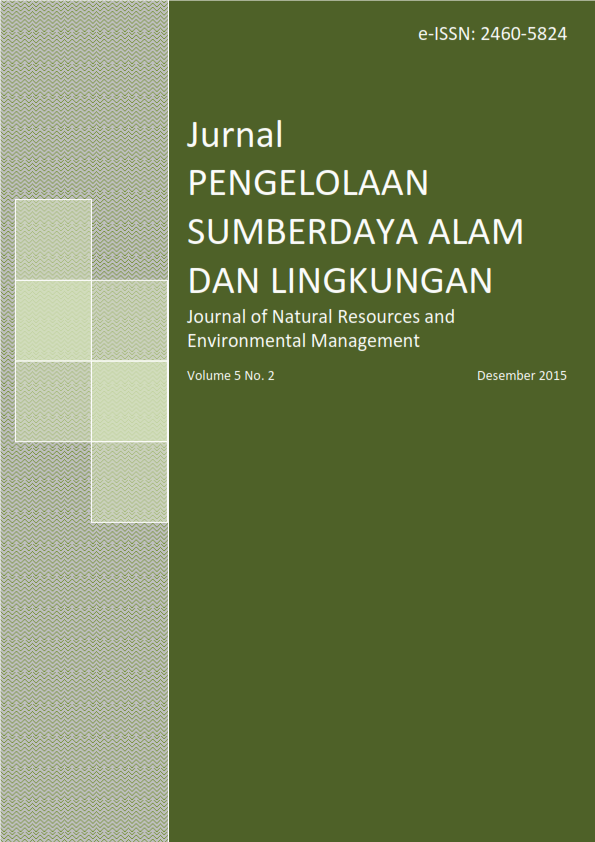KONTAMINASI LOGAM BERAT MERKURI (Hg) DAN TIMBAL (Pb) PADA AIR, SEDIMEN DAN IKAN SELAR TETENGKEK (Megalaspis cordyla L) DI TELUK PALU, SULAWESI TENGAH
Abstract
Palu bay waters is susceptible to heavy metal pollution due to the inclusion of the waste product of Palu city, and such as agriculture, and traditional mining. The objective of this research was to determine the contamination of heavy metals mercury (Hg) and lead (Pb) in water, sediment, and torpedo scad fish (Megalaspis cordyla). Sampling was done purposively at 10 sampling points. Parameters of water quality measurements were done in the field for temperature, pH, brightness, turbidity, and dissolved oxygen (DO), and at laboratory analysis for salinity, chemical oxygen demand (COD), ammonia, and nitrates. Heavy metals were analized by following APHA, and Indonesian National Standard (SNI) methods. The results showed that Hg consentrations in water, sediment, gill, meat, liver, and spleen were 0.0008-0.0042 mg/l, 0.017-0.287 mg/kg, 0.007-0.145 mg/kg, 0.014-0.046 mg/kg, 0.052-0.106 mg/kg, and 0.043-0.414 mg/kg, respectively. Pb concentrations in water, sediments, gill, meat, liver, and spleen were 0.0130-0.0392 mg/l, 2.647-8.987 mg/kg, 0.132-0.775 mg/kg, 0.005-0.734 mg/kg, 0.295-1.871 mg/kg, and 1.654-12.92 mg/kg, respectively. The average of Hg and Pb concentrations in the water had exceeded the specified quality standards, while in the sediment were still below the quality standards. The average of Hg and Pb concentrations in all observed fish organs were below the quality standards, except for Pb concentrations in gill, liver, and spleen.
Keywords: heavy metals, water, sediment, Megalaspis cordyla, Palu Bay
Authors
Authors who publish with this journal agree to the following terms:
- Authors retain copyright and grant the journal right of first publication with the work simultaneously licensed under a Creative Commons Attribution License that allows others to share the work with an acknowledgement of the work's authorship and initial publication in this journal.
- Authors are able to enter into separate, additional contractual arrangements for the non-exclusive distribution of the journal's published version of the work (e.g., post it to an institutional repository or publish it in a book), with an acknowledgement of its initial publication in this journal.
- Authors are permitted and encouraged to post their work online (e.g., in institutional repositories or on their website) prior to and during the submission process, as it can lead to productive exchanges, as well as earlier and greater citation of published work (See The Effect of Open Access).






